The blend of antiquity and modernity gives ancient streets in China their charm. (Source: Unesco) |
Old quarters, old alleys and ancient buildings are part of urban life, bearing the mark of time. In recent years, along with the process of inheriting and protecting historical and cultural heritage, old streets and alleys have been renovated, bringing a new look to old places.
Lijiang Old Town
Hundreds of years ago, Xu Heke, a famous 17th century Chinese geographer, visited the ancient town of Lijiang (Yunnan province) and was especially impressed by the ancient houses surrounded by rolling hills and green valleys.
An ancient street in the old town of Lijiang. (Source: Unesco) |
Located on a plateau at an altitude of 2,400m, the old town of Lijiang is divided into three distinct parts: Dayan, Baisha and Shuhe. The landscape in Lijiang Old Town is well preserved and authentic. The architecture here is notable for its blend of many cultures that have come together over the centuries.
Inside the old quarters, tiled-roof houses are located close together, interspersed with bridges and alleys is a clear stream winding along the streets.
At the 21st meeting of the UNESCO World Heritage Committee on December 4, 1997, Lijiang Old Town was recognized as a classic model of preserving rich national identity combined with natural landscapes to create special value.
To this day, the landscape of Lijiang's old town is still authentically preserved and is considered one of the typical examples of harmonious and sustainable tourism development in an old town where people still live.
Although still retaining its ancient features, the application of new technologies such as 5G, Internet of Things, artificial intelligence... has helped Lijiang ancient town become more modern and youthful.
Historical and cultural area "Three wards and seven alleys"
The characteristic tiled roof of "Three wards and seven alleys". (Source: THX) |
“Three Wards and Seven Alleys” (three ward, seven alleys) is a famous old town, considered a traditional cultural symbol of Fuzhou city, Fujian province, Southeast China.
The "Three Wards and Seven Alleys" originated during the Jin Dynasty, developed during the Tang and Song Dynasties, and reached its peak during the Ming and Qing Dynasties.
“Three Wards and Seven Alleys” is not only an ancient residential area but also the hometown of many important historical figures of China such as Lin Zexu, Shen Baozhen, Yan Fu, Lin Juemin, Bingxin, etc. Therefore, this is praised as the birthplace of “a part of modern Chinese history”.
The reason it is called "Three Wards and Seven Alleys" is because the entire architectural complex is made up of three wards, including: Y Cam, Van Nho and Quang Loc, all of which were places where mandarins and scholars lived in feudal dynasties in China; seven alleys, including: Duong Kieu alley, Lang Quan alley, Thap alley, Hoang alley, An Dan alley, Cat Ti alley and Nam Hau street.
This is a unique architectural complex, preserved after the relocation and reconstruction of the ancient citadel of Phuc Chau.
For a long time, the preservation and restoration of the “Three Wards and Seven Alleys” neighborhood has always been carried out systematically, with the participation of experts in building strict planning and protection. Currently, the entire “Three Wards and Seven Alleys” area still has 270 ancient houses, of which 159 are included in the list of preserved architecture.
Initially, the goal was to preserve the ancient architecture. Later, the local government promoted the value of the neighborhood by turning it into a cultural and tourist center, combining traditional and modern elements. The fusion of ancient features and the breath of the times has made this place increasingly attractive to young tourists.
Binh Giang Ancient Town
The ancient, quiet scene of the 2,500-year-old ancient street. (Source: incyvincyspider) |
Pingjiang Ancient Street is a very famous historical street in Suzhou with the typical landscape of “parallel waterways, adjacent rivers and streets, small bridges with flowing water and ancient houses.
Coming to Binh Giang ancient town, you will encounter beautiful old houses with white walls, green bricks and wooden lattice windows with a very simple, ancient reddish brown or dark brown color or houses with vines growing all over the walls, swaying in the wind.
After thousands of years of history, the street system and canals of Binh Giang ancient town still retain their inherent beauty like a water town with a peaceful and simple atmosphere.
In particular, this is one of the old quarters, still preserving its ancient beauty intact and is also a miniature image of the quarters from the Tang and Song dynasties.
This street is also likened to "half the heart of Suzhou city", where the beauty of history, art and the peaceful and elegant life of the people of Jiangnan, past and present, is fully hidden.
Binh Giang Old Quarter follows the principle of "renovating as before, keeping the authenticity", both preserving the traditional lifestyle of residents and upgrading infrastructure to improve living conditions.
The “Partnership for the Conservation and Renovation of Ancient Citadels” program has been implemented to accelerate the restoration and reuse of ancient structures, combined with the development of new economic sectors and the restoration of old spaces.
Nine streets running East-West are planned into themed routes such as book street, painting street, Confucianism street, creating a harmonious intersection between life, culture, commerce, tourism and community, promoting sustainable development and social cohesion.
Vinh Khanh ward
Beautiful crescent moon in Vinh Khanh ward. (Source: Sina/Lost Bird) |
Guangzhou - a city with more than 2,200 years of civilization, is one of China's national historical and cultural landmarks.
Yongqing Fang District is located on An Ning Road, an important part of the old town of Guangzhou. Each small alley here carries the historical memory of Lingnan culture.
From Li Chi Loan with many ancient architectural works, stone-paved roads and traditional canal systems. Enning Road, known as the most beautiful ancient street in Guangzhou, is where the quintessence of culture, folk art, and Cantonese opera converge. To Bruce Lee's ancestral home, where his father, Li Hai Quan, once lived, with a strong classical Western Guan architectural style...
Previously, this neighborhood fell into disrepair due to time, but in recent years, it has been renovated in the direction of preservation and restoration, instead of demolition and new construction to both preserve its ancient features and bring a new look.
In 2020, Guangzhou's first intangible cultural heritage street was also opened here, contributing to the preservation and promotion of traditional cultural values.
Not stopping there, in recent years, Vinh Khanh Ward has continued to implement small renovation projects, carefully preserving the typical "kỵ lầu" architectural buildings of Linh Nam. All 79 architectural heritage works (including historical works, architectural works of cultural value) along with 6 types of intangible cultural heritage have been preserved intact.
Pingyao Ancient City
More than 4,000 houses in the ancient city of Pingyao that still exist were all built during the Ming and Qing dynasties. (Source: Wikipedia) |
Pingyao Ancient City is located in Shanxi Province, China, with a history of more than 2,800 years and is one of the most intact ancient cities in China.
The ancient city of Pingyao is over 6,000m long and 12m high. The surrounding wall is built in a square shape. On the wall, you will see a watchtower every 50m. There are pavilions in the four corners of the wall. The wall is divided into 300 gates and has 72 small towers. This symbolizes the 72 sages of Confucius.
The citadel consists of 6 gates, each on the East, West, South, and North sides. The west gate is likened to a turtle's tail. This is also the lowest point of the citadel. Most of the stagnant water inside flows out from here.
The architecture in the citadel was built in a closed direction, with the North-South direction as the axis. The large streets and small alleys intertwined, creating a clear and neat layout.
All the houses in the citadel were built in the style of a four-compartment courtyard with ash-colored bricks. There is symmetry on the left and right, main and secondary, and clear axis lines. Each courtyard is surrounded by a 7-8m high wall. The architecture of each house still retains the cave house style of the Northwest region of China. It stands out with the architectural style of brick and wood carvings on the doors and windows.
More than 4,000 houses in the ancient city of Pingyao still exist, all of which were built during the Ming and Qing dynasties. Of these, 400 are well preserved. This is one of the most intact clusters of ancient houses today.
In addition, there are 6 ancient pagodas in the city. Around the pagodas are rows of shops with beautiful yellow and green glazed tile roofs. These features partly show the prosperity of the Ming and Qing dynasties. Visitors will also see more than 1,000 ancient carved steles scattered inside and outside the city.
Adhering to the principle of “minimal intervention”, Pingyao Ancient City has undergone a comprehensive upgrade while still retaining its traditional values. Modern technology has been applied, with a cloud computing system monitoring heritage using mobile devices, helping to collect data, record information, analyze and transmit data, creating a common information platform.
Today, when walking in the ancient citadel, we feel people blending into the city, and the city blending into the landscape, creating a vibrant historical space.
Source: https://baoquocte.vn/kham-pha-ve-dep-duoc-bao-ton-qua-thoi-gian-cua-pho-co-trung-quoc-311150.html


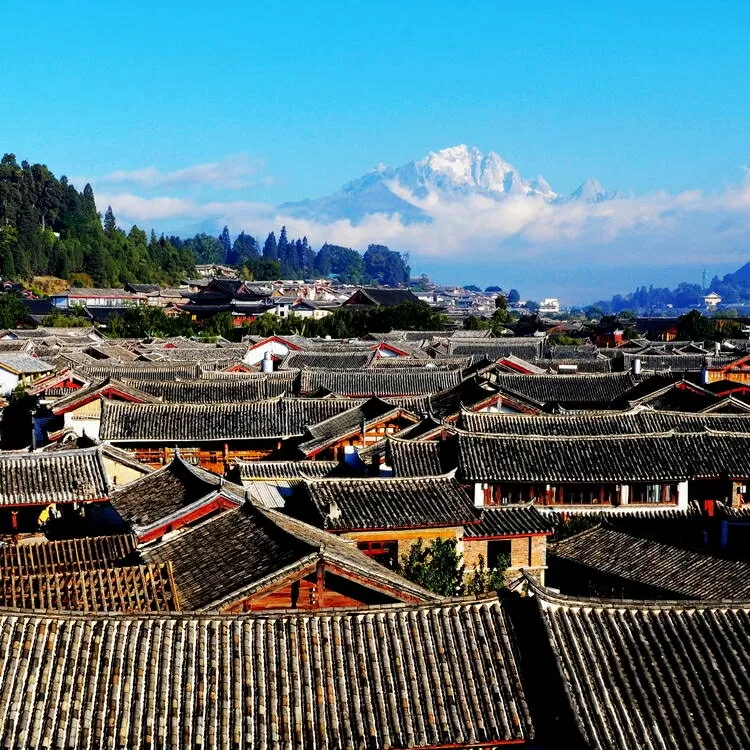
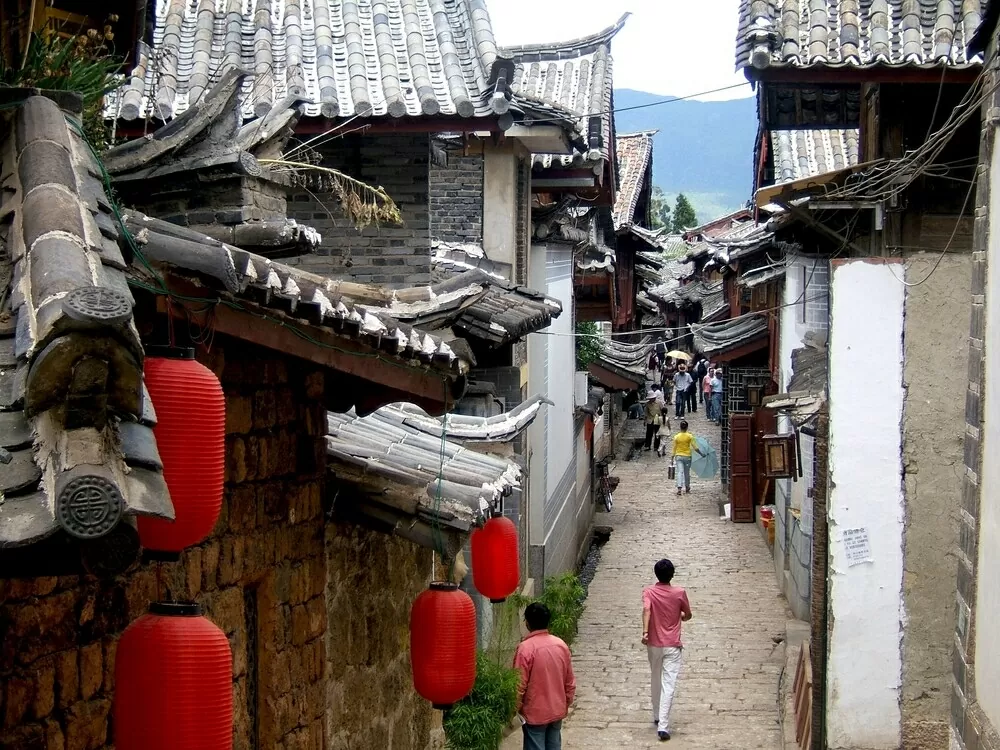
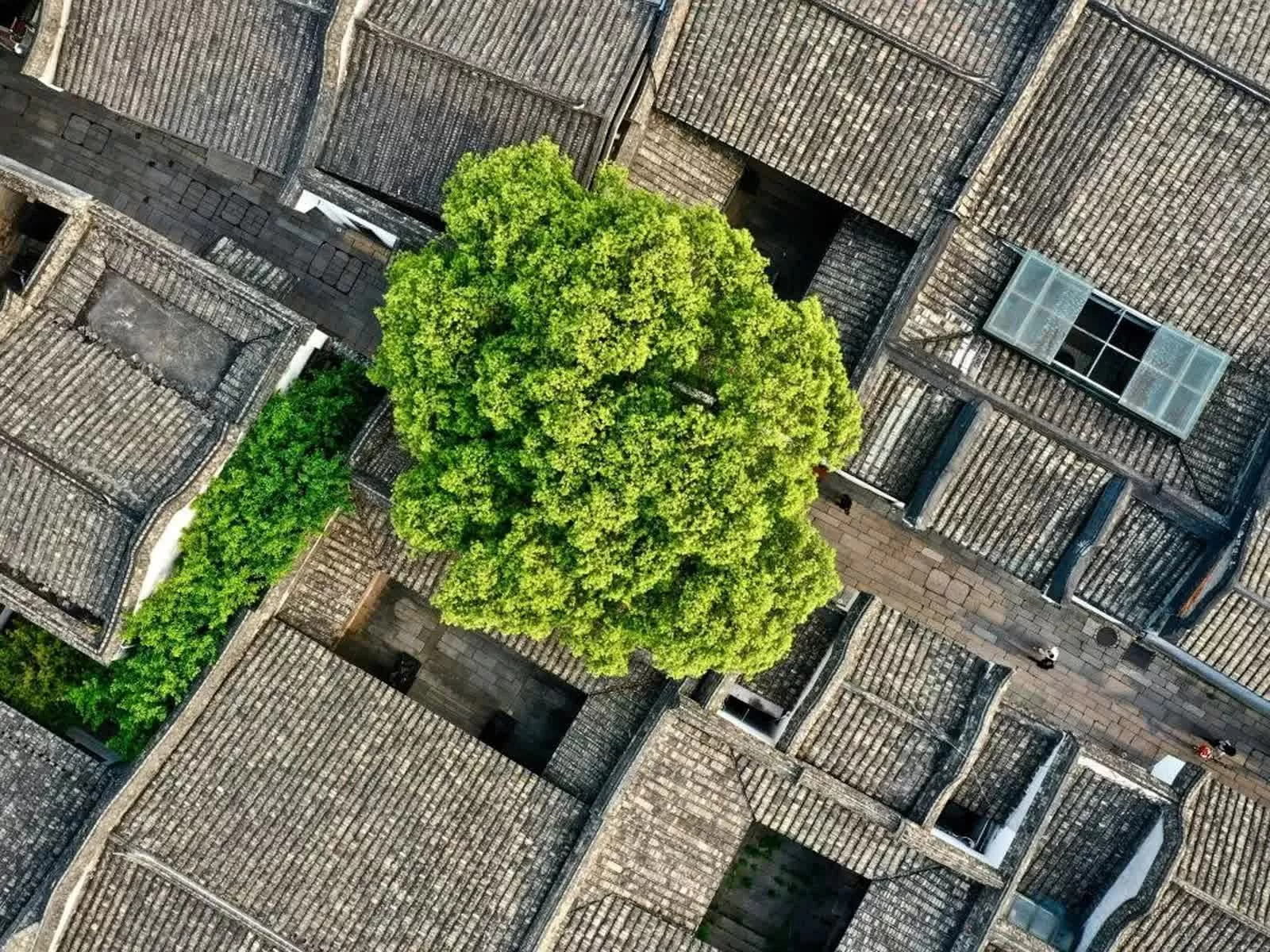
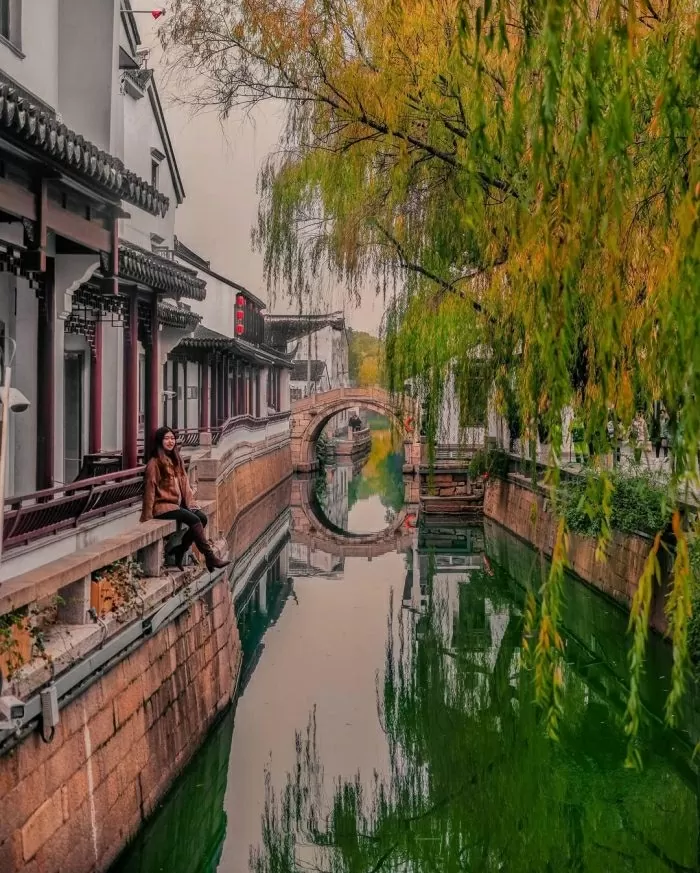
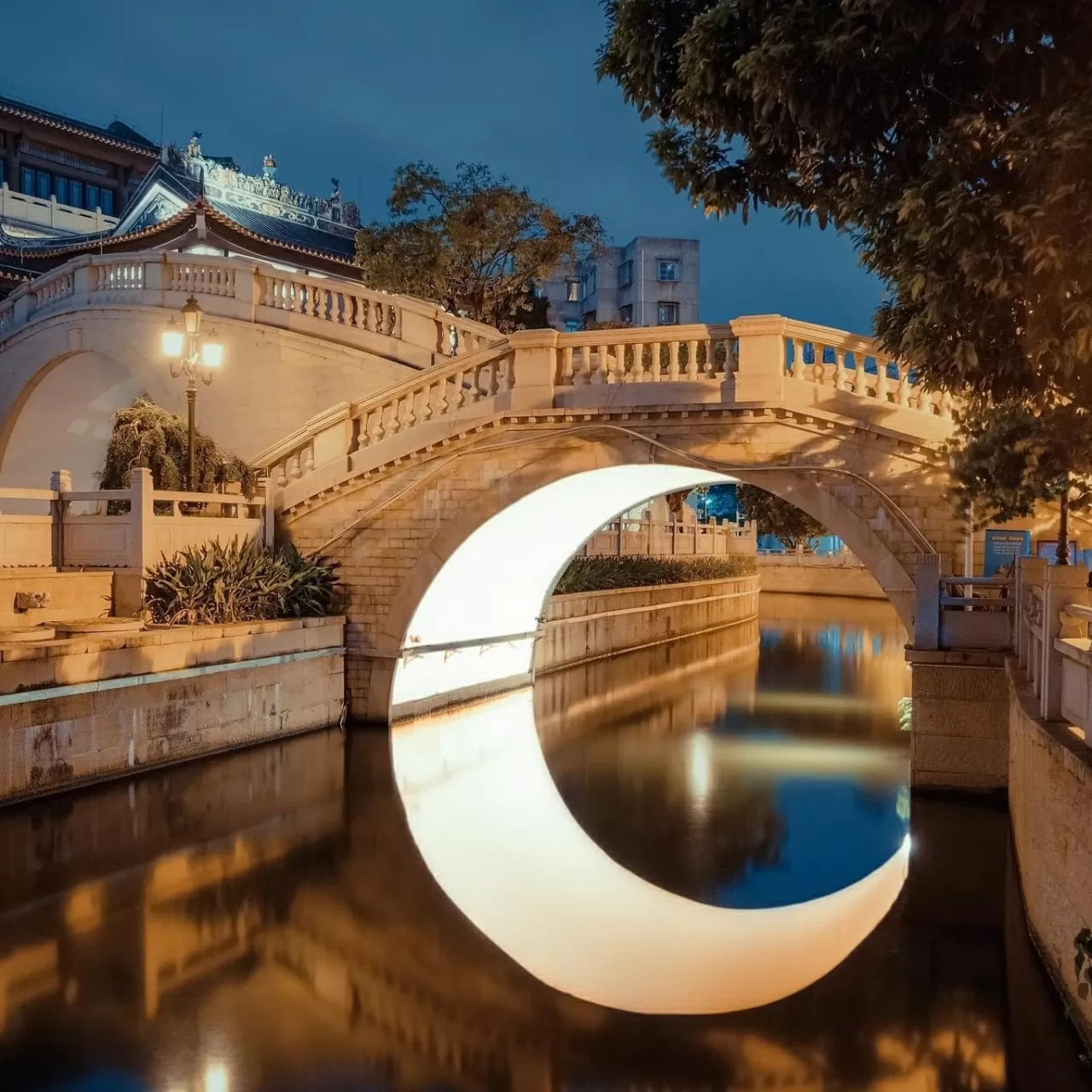
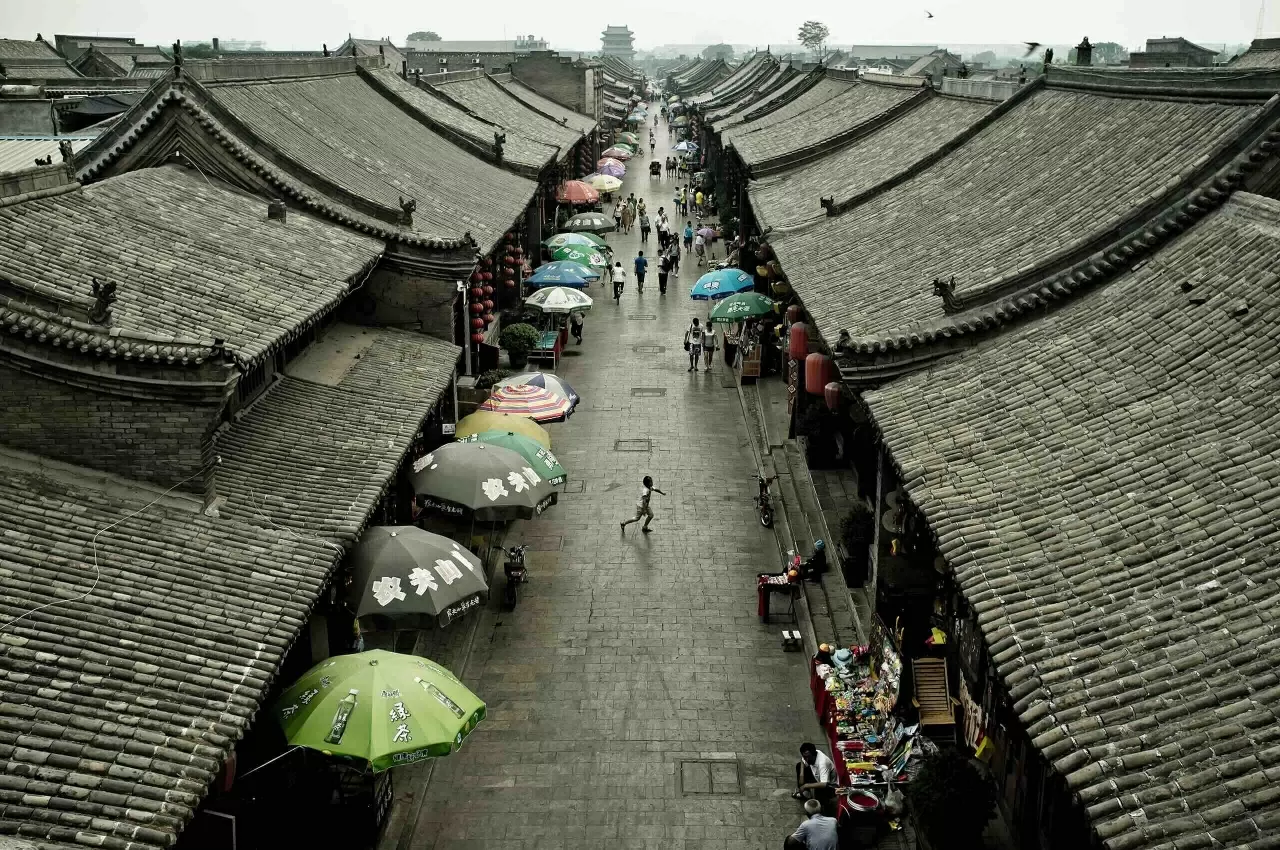
![[Photo] General Secretary attends special art program "Spring of Unification"](https://vphoto.vietnam.vn/thumb/1200x675/vietnam/resource/IMAGE/2025/4/29/e90c8902ae5c4958b79e26b20700a980)
![[Photo] Ho Chi Minh City residents "stay up all night" waiting for the April 30th celebration](https://vphoto.vietnam.vn/thumb/1200x675/vietnam/resource/IMAGE/2025/4/30/560e44ae9dad47669cbc4415766deccf)
![[Photo] Demonstration aircraft and helicopters flying the Party flag and the national flag took off from Bien Hoa airport](https://vphoto.vietnam.vn/thumb/1200x675/vietnam/resource/IMAGE/2025/4/30/b3b28c18f9a7424f9e2b87b0ad581d05)
![[Photo] Hanoi is brightly decorated to celebrate the 50th anniversary of National Reunification Day](https://vphoto.vietnam.vn/thumb/1200x675/vietnam/resource/IMAGE/2025/4/29/ad75eff9e4e14ac2af4e6636843a6b53)

![[Photo] Ho Chi Minh City: People are willing to stay up all night to watch the parade](https://vphoto.vietnam.vn/thumb/1200x675/vietnam/resource/IMAGE/2025/4/29/cf71fdfd4d814022ac35377a7f34dfd1)
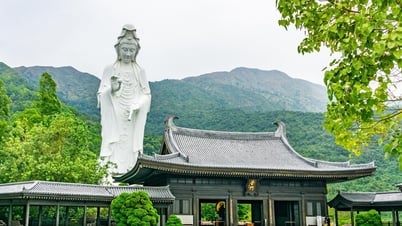




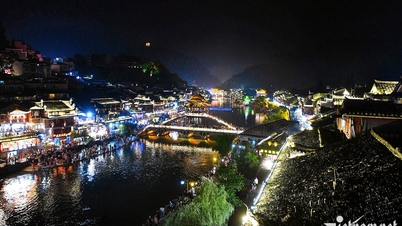



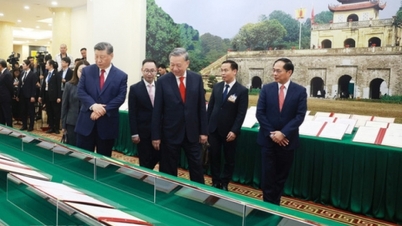




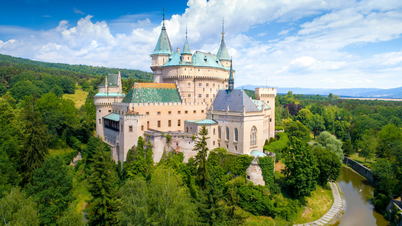




























































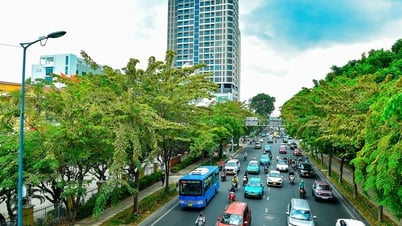

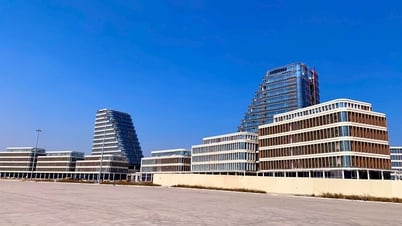











Comment (0)